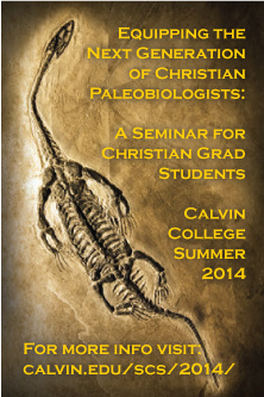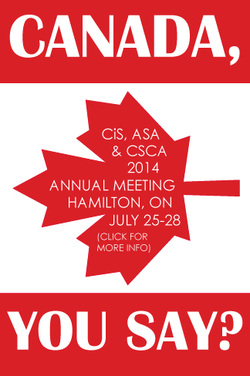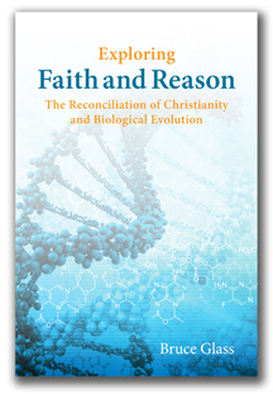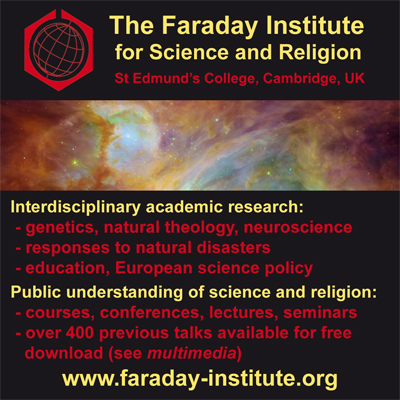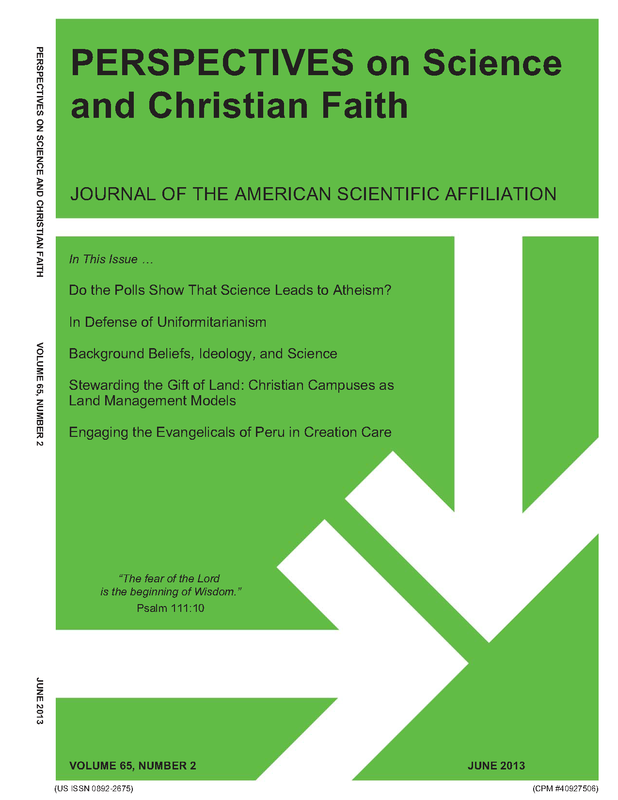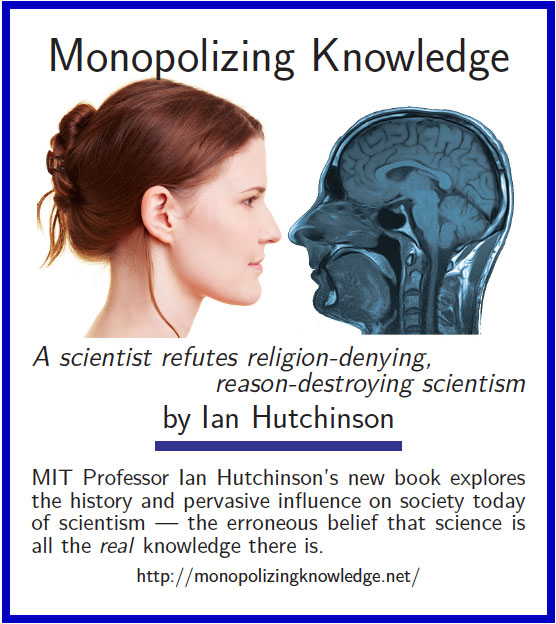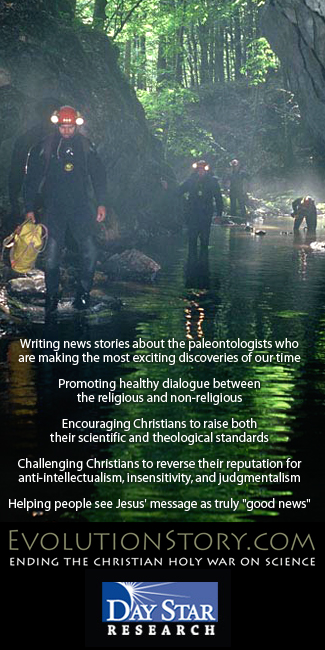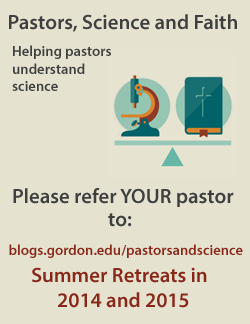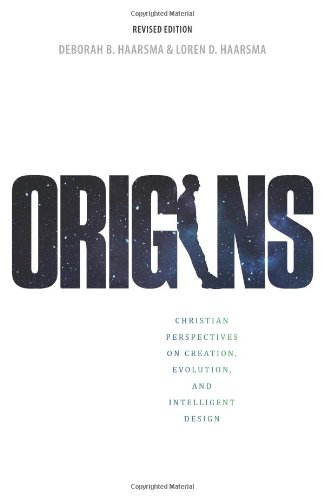Are We Too Obsessed with Food?
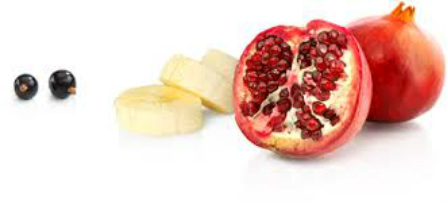
by Jay Hollman
Food and what people eat has become obsessional for certain individuals. There have always been mentally disturbed people who would eat strange diets because of a recognized pathologic mental condition, but now seemingly rational people are zealous for certain dietary restrictions; organic, free of preservatives, raw or free-range. Dietary taboos have replaced sexual restrictions as the new morality. Science is left out of some of these discussions and replaced by a strange evangelical zeal. This short essay cannot hope to resolve all of issues regarding food, but hopefully it introduces some science into the discussion. Agriculture has changed drastically over the last century. The percentage of Americans employed as farmers fell from 40% in 1900 to less than 2% in 2000. On a family farm in the early 20th century, four to five crops were raised as well as several farm animals. Even though the American farms of the 21st century are vastly larger, these several thousand acre mega-farms raise only one or two crops and no animals. If a farm raises animals, it raises only one type: chickens, pigs, or cattle, and has hundreds or thousands of animals. Farms raising animals do not raise their own feed which is often carefully dictated by the meat packing plant that will buy their animals. The economic results of farm industrialization are impressive. "Food productivity is more than doubled, so the real cost is less than half what it was 40 to 50 years ago," according to Julian Alston, an agricultural economist at the University of California at Davis.[i] Although real problems have been created by intensive agriculture, it is undeniably a great achievement, as well. There have been a variety of revolts against this type of agriculture. Some conservatives blame farm subsidies for the loss of the small farmer. In fact, it is capitalism; economies of scale are necessary for a farm to turn a profit. Other blame seed companies such as Monsanto and the meat packing plants such as Tyson Foods for changing agriculture from the idyllic, multi-crop, family farm into the large corporate behemoths. Certainly, these have played a role, but market forces and the public desire for inexpensive, convenient foods have created these large integrated operations which deliver cheap, safe, (and often) processed foods. Those who revolt against these changes offer alternatives. Ethicist Peter Singer objects to sentient animals being mistreated on the large farms that confine pigs and chickens to tiny pens. Professor Singer would like many adopt a vegetarian life-style or eat only meat from humanely raised animals. Others, such as the sponsors of Food Inc. and popular author Michael Pollan, would try to ‘turn back the clock’ and create smaller farms nearer to cities which would grow multiple crops using organic techniques. The arguments for these counter-modern views often use science to justify their perspective. As with any human enterprise, there are strengths as weakness in the arguments against industrial agriculture. Before discussing its weakness, I should consider what I think to be good about the counter-culture food movement. First, as industrial agriculture decreases the price of meat, meat consumption increases. Average annual U.S. per capita meat consumption in 1970 was 194 lbs. and the average American spent 4.2% of their income on red meat or poultry. By 2005, per capita meat consumption increased by 14% to 221 lbs., but the average percentage of income required is now only 2.1% of total annual income. [ii] High consumption of meat, especially red meat, is harmful to the consumer’s health and the environment.[iii] For reasons beyond the scope of this short essay, it would be good for Americans to reduce their consumption of meat, especially red meat. Although the counter-culture food movement is not monolithic, the scrupulous adherents in the various factions will have a higher cost of meat since they insist on animal rights and eating only humanly raised meats, or eating only grass fed beef, or eating only organically grown meats, or eating only free range poultry. If increased costs decreases consumption then there is likely some health benefit. A second emphasis of those opposed to modern agriculture is an increased interest in gardening and farmer’s markets. Community gardens are dotting the landscape of many cities, creating opportunities for neighborly interactions and for city dwellers to appreciate the joy of growing food. Individuals who produce their own vegetables are more likely to consume more vegetables. The ideal diet for Americans would have 8-10 servings of fruits and vegetables per day; a standard met by only a small fraction of the public. The utilization of gardens and farmer’s markets help consumers to connect to the production of food. When vegetables and fruits from farmer’s markets displace consumption of processed foods, there is probably a net improvement in the health of the consumer. Another positive to the anti-modern agriculture movement is the development of organic techniques which use crop rotation and recycle animal waste as fertilizer. These practices are certainly also used by conventional agriculture, but they are essential to organic farming, where synthetic fertilizers are not allowed. While the usefulness of organic methods in the developed world is problematic, its application in developing world is clear and positive. Poor farmers who are unable to afford special seeds and synthetic fertilizers and pesticides can increase yields by more than 180% by adopting organic methods.[iv] In regions with intermediate inputs, i.e., areas where synthetic fertilizers and pesticides are available but not to the level of the U.S., crop yields would be neutral and probably economically favorable. Labor costs are low in the developing world, so the more labor intensive organic methods are more financially feasible. While the widespread application of organic agriculture to the U.S. is not economical, its use in the developing world could increase the income of the subsistence farmer, reduce erosion and improve food security for the poor of the world. Non-profits such as Care of Creation[v] and Farming God’s Way[vi] are taking research regarding crop rotation, no-till agriculture and re-forestation to low income farmers in Africa. In the developed world, greater employment in agriculture could give meaningful work to the unemployed or under-employed. Organic methods are less efficient and require more manual labor to produce products. But those who oppose conventional agriculture have also missed the mark in several areas. One should always be somewhat suspicious when those arguing against conventional agriculture have an intrinsic conflict of interest. Many who pitch alternatives are also selling books or are producing alternative food products. Because of increased labor costs and lower yields of organically grown products, a 20% to 140% price premium is necessary to maintain profitability.[vii] This price premium means higher prices to consumers (or government subsidies to organic farmers). To justify the higher cost of organically produced foods and meats, advocates often resort to demonizing industrial agriculture and the processed food industry. Arguments touting the superiority of organic foods for health and the environment often quote scientific papers out of context and fail to quote papers presenting contrary evidence. But more frequently, pejorative language is used with such statements as, “I do not going to eat meat pumped full of antibiotics and hormones.” Or, “I do not want my children exposed to the pesticides and preservatives of processed foods.” The obvious response to such statements is to agree that processed foods are harmful compared to organic foods. In the limited space of this essay, all the spurious arguments against processed food and industrial agriculture cannot be addressed. I should like to deal with three issues comparing organic and conventional agriculture: health issues, environmental impact and whether organic products are worth the difference in price. But before addressing these issues, a brief primer on “What exactly is organic farming?” would be useful. Organic Farming Conventional agriculture uses scientific methods to maximize production and produce food products at the lowest possible costs. It uses pesticides, synthetic fertilizers and genetically modified organisms as needed. As discussed above, these farms are large and produce usually just one product: a crop such as corn or an animal as in a hog farm. By contrast, organic farms produce multiple crops using more labor intensive methods. To be certified as organic, farmers must not use items on the National List of Prohibited Substances which includes artificial fertilizer, certain pesticides, antibiotics for animal growth stimulation, and certain food additives. In addition, organic farmers are not allowed to use genetically modified organisms, irradiation to sterilize their products, or to use human sewerage sludge as fertilizer. The farmland must be free of these banned substances for three years before crops grown on this land can be certified. Farmers growing certified organic products (plants or animals) must keep detailed records and submit to periodic inspections. Historically, organic farming is a relatively recent movement in agriculture, dating to J.I. Rodale and his 1942 publication Organic Farming and Gardening. The movement gained momentum with the publication of Silent Spring by Rachel Carson in 1962, which increased the national awareness of the potential hazards of pesticides and led to the banning of the pesticide DDT and the establishment of the U.S. Environmental Protection Agency. Certification of organic products is done at the state and local level; however, certifying agencies must meet national standards that are set by the 1990 Organic Foods Production Act. The USDA (United States Department of Agriculture) is responsible to for reviewing and credentialing the local agencies that do the organic certification. Organic farms are mostly small. The average farm size is 49 acres compared to the thousands of acres for conventional farmers. As of the 2007 farm census, organic farms represented only about 1% of more than 2.2 million farms in the United States. The average organic farmer is slightly younger than the average conventional farmer; although 75% of organic farmers would list their primary vocation as farming, more than 80% have at least part-time work off of the farm. Not all organic farms are small, however. The 2007 census of agriculture counted 886 organic farms with 500 acres or more. These larger farms are the usual source of organic produce in the grocery chains such as Wal-Mart and Whole Foods. Not all products in the local farmer’s markets are organic. Even the products there labeled as organic are not necessarily certified organic. Farmers selling less than $5,000 worth of products may market their products as organic provided they follow the organic guidelines. Products labeled as USDA certified Organic have been inspected and passed by a local agency. Health and Environmental Impacts Advocates for organic foods argue that ingestion of organic will result in better health and less chronic disease. This argument is of course difficult to prove since any study of habitual consumption would involve years of follow up. Free-living populations tend to change their diets over the years, so repeating surveys would be required. Trying to do retrospective analysis using case control methods is difficult since it relies on individuals accurately recalling dietary details. The obvious trump card when advocates of organic agriculture pitch their cause is the case of DDT (dichlorodiphenyltrichloroethane). Rachel Carson’s own biological research while working with the U.S. Bureau of Fisheries demonstrated that spraying of DDT for the control of spruce budworm resulted in a decline in salmon populations by killing aquatic insects on which the salmon were dependent for food.[viii] Other studies demonstrated harm to bird populations. Much of the danger of DDT relates to its effectiveness and its persistence in the environment. Because of its negative effect on the environment, DDT has been banded for use in all countries but India. Currently used artificial pesticides, though not perfect, should not be considered in the same class as the organophosphates. Glyphosate, the active ingredient in the popular herbicide Roundup® is toxic only to growing plants and degrades in the environment relatively rapidly (half-life of about 47 days). It does not accumulate in animal species and no definite environmental hazards have been identified despite over 40 years of use. This herbicide replaced more toxic agents like DDT. While it is not perfect and if applied improperly can still be potentially toxic to amphibians and fish, it is not in the same class as DDT. While artificial pesticides are banned from use by organic methods, certain ‘natural substances’ are used by organic farmers for pest control. Sulfur and copper salts are used for fungal disease. Rotenone (an insecticide that occurs naturally in the stems of many plants) and natural pyrethrins (organic compounds derived from crysanthemums) are used for insect control. When used in effective concentrations, these compounds may have a negative impact on the environment. Rotenone has been shown to cause death in fish and induce a Parkinson’s-like disease in rats.[ix] Sulfur and copper level are higher in organic soil and organic farm products. The significance of this change in mineral content long-term is unclear. But even from these examples, it is clear that ‘natural compounds’ used in organic agriculture are not necessarily more benign compared to some of the more currently used artificial pesticides used in conventional agriculture. Other aspects of organic farming, more aggressive crop rotation, use of cover crops, and using animal waste for fertilizing do have favorable effects on the environment and reduce greenhouse gas release.[x] While such changes appear to be good for the environment and animals, converting all U.S. farms from conventional to organic farming would require much more land be devoted to agriculture. The source for much of the increased agricultural land would likely be forests; this would be a negative for the environment. There is one prohibition of the organic movement that is particularly troublesome: the prohibition of genetically modified organisms or GMOs. In the U.S. 80-90% of corn, soybeans and cotton are produced from GMO. Since these crops contain their own resistance to pests through genetic modification, applied pesticides are reduced. Crops which are modified to be resistant to glyphosate, the total herbicide use is reduced and more toxic products are not required. GMO has done more to reduce pesticide use in the developed world than any other agricultural development in the past 60 years. While the commercial development of GMOs is occurring in the U.S., non-profit groups such the Rockefeller Foundation and the Gates Foundation are funding the development GMO for the subsistence farmers of the developing world. One of the products, ‘Golden Rice’ which incorporates vitamin A into its genome, has the potential to reduce the deficiency of this vitamin in the developing world. It is estimated that 6,000 young mothers and children die daily from vitamin A deficiency-related illnesses.[xi] Other developments in progress include drought resistant corn and crops that require less nitrogen extraction from the soil (and hence less applied fertilizer) for maximum production. Europe’s resistance to GMOs and the political power of the anti-conventional agriculture movement keeps these valuable new crops from being grown in the developing world where agriculture has a more major role in employment and exports. Costs and smugness Because organically grown grains, vegetables, and fruits lower yields per acre, the cost of organic products must be higher. These differences are amplified when applied to organically raised meats since these animals must consume organically raised grains and have access to grazing. While this brief overview is not intended to be by any means comprehensive (I am a doctor, not an agriculture researcher) I do have to answer questions regarding food consumption for my patients. Some in the anti-conventional agriculture movement appear to be self-righteous, priding themselves their shopping only at Whole Foods and purchasing only organic products and eating eggs from free ranged chickens. There is no scientifically proven nutritional advantage to such a consumption pattern. The costs of these products is greater and the environmental benefits are mixed. By switching to conventional eggs, a free-range egg consuming household buying two dozen eggs per week could support a World Vision child in the developing world from the savings. The environmental consequences of shifting all of the approximately 330 million caged laying hens in this country to free range would be enormous. The land area requirements for raising free range laying hens would be larger than the state of Rhode Island. Obsessing about foods is not productive nor is it scientifically justified. It is true that the American diet and sedentary life style contribute heavily to the chronic disease burden in this country but the key to prevention of these chronic diseases is to be more physically active and consume a diet richer in fruits and vegetables with a lower consumption of meats, especially red meats. Avoiding the high salt and refined sugars present in many manufactured foods is also of value. But these are guidelines and not absolutes. With all the ambiguity in the science regarding conventional and alternative agriculture, there is much more room for humility in these debates. [i] National Public Radio transcribes: Is U.S. farm policy feeding the obesity epidemic? Accessed August 2011 at http://www.npr.org/2011/08/10/139390696/is-u-s-farm-policy-feeding-the-obesity-epidemic#commentBlock [ii] Pew Commission on Industrial Farm Animal Production: Putting meat on the table: industrial farm animal production in America 2009 accessed August 2011 at http://www.ncifap.org/_images/PCIFAPFin.pdf [iii] Michal R, Wallace SK, Mozaffarian D: Red and processed meat consumption and the risk of incident coronary heart disease, stroke, and diabetes mellitus Circulation 2010;121:2271-83 [iv] Badgley C, Moghtader J, Quintero E. et al: Organic Agriculture and the Global Food Supply. Renewable Agriculture and Food Systems. June 2007. [v] Care of Creation at http://www.careofcreation.net/. [vi] Farming God’s Way at http://www.farming-gods-way.org/. [vii] Pimentel D, Hepperly P Hanson J, Douds D, Seidel R: Environmental, energetic, and economic comparisons of organic and conventional farming systems BioScience 2005;55:573-82 [viii] Pimentel D: Silent Spring, the 50th anniversary of Rachel Carson’s book BMC Ecology 2012;12:20 [ix] Betarbet R, Sherer TB, MacKenzie G et al: Chronic systemic pesticide exposure reproduces features of Parkinson’s disease Nat Neursci 2000;3:1301-6 [x] Pimentel D, Hepperly P Hanson J, Douds D, Seidel R: Environmental, energetic, and economic comparisons of organic and conventional farming systems BioScience 2005;55:573-82 [xi] Potrykus, I., Regulation must be revolutionized. Nature 2010;466: 561. |



